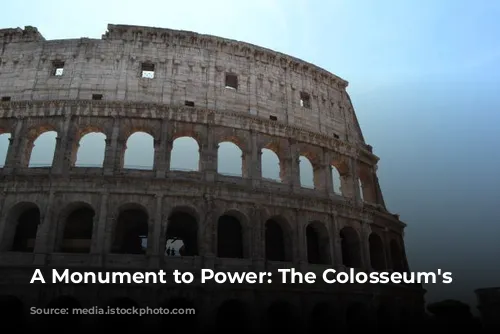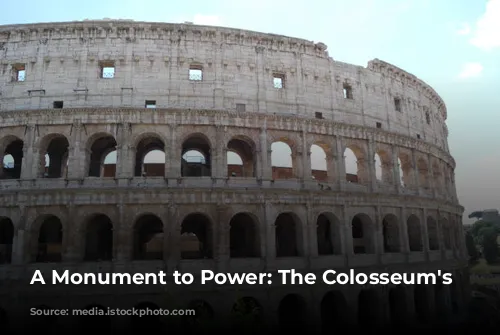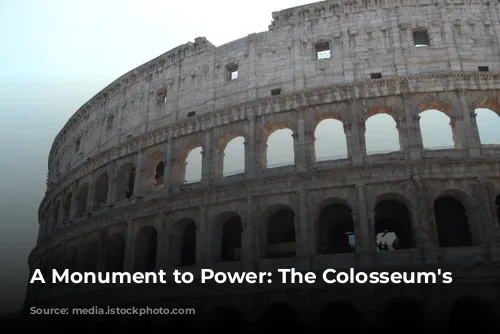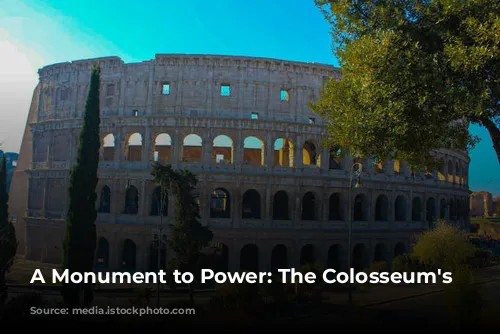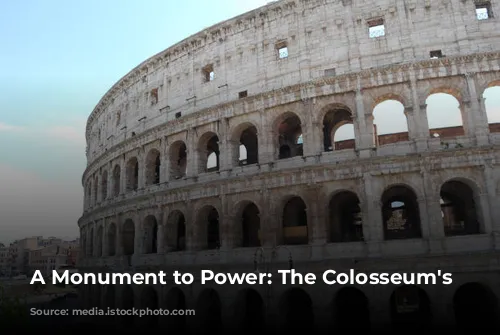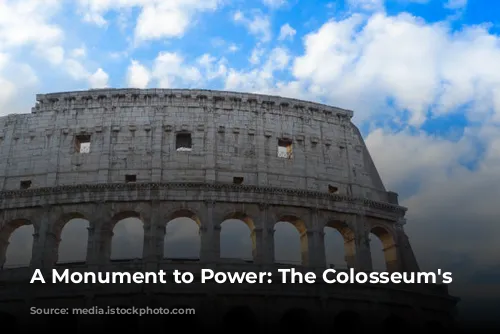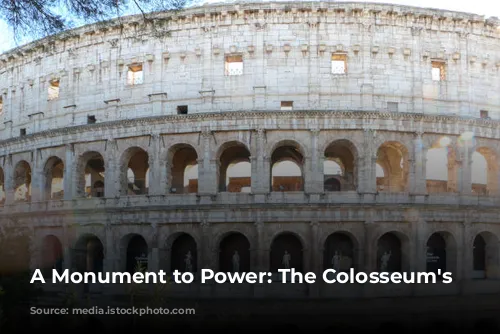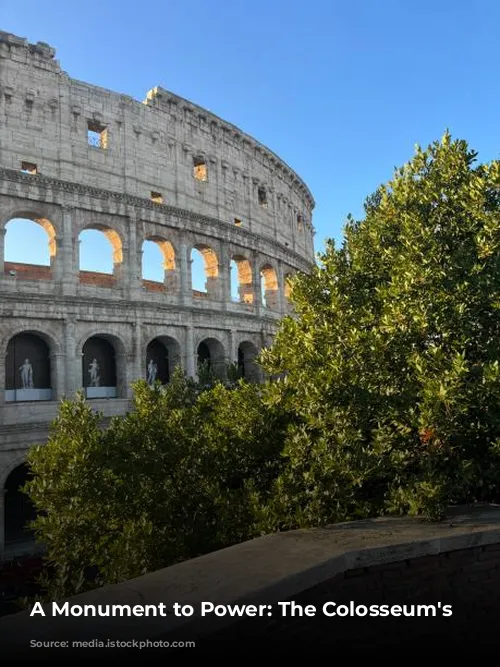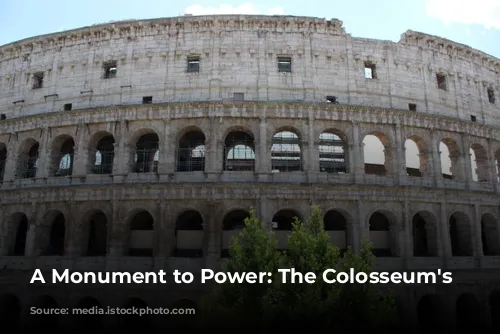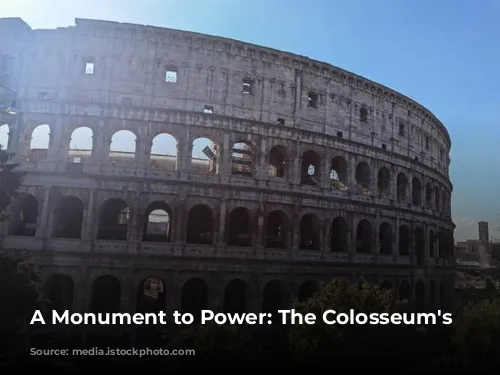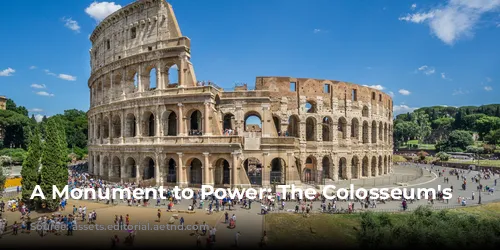The Colosseum, also known as the Flavian Amphitheater, stands as a magnificent testament to the Roman Empire’s grandeur. More than just a stadium for bloody entertainment, the Colosseum represents the power and innovation of the Flavian Dynasty, an influential era in Roman history.

A Symbol of Resurgence
After decades of turmoil, Emperor Vespasian rose to power in 69 A.D. His reign marked a period of rebuilding for Rome, which had been ravaged by fire, disease, and civil war. Vespasian, along with his sons Titus and Domitian, the Flavian Dynasty, embarked on a massive construction project to restore the city.
The Colosseum, a dramatic symbol of this rebirth, was commissioned by Vespasian in 70 A.D., funded with the spoils of war from the First Jewish-Roman War. Ten years later, the grand structure was dedicated, a powerful symbol of the city’s resilience.
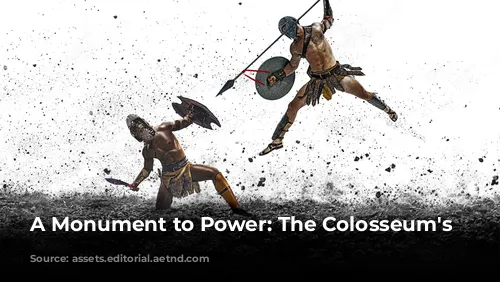
Engineering Marvels
The Colosseum wasn’t just a symbol of power – it was a marvel of architecture and engineering. It was the largest and most complex permanent amphitheater of the ancient world. Built primarily of concrete, travertine, marble, and timber, it towered over 150 feet high, capable of seating a staggering 50,000 to 80,000 people.
The concrete construction of the Colosseum was truly revolutionary for its time. The use of this material enabled the creation of a structure that was both durable and grand. The Colosseum’s foundation was built deep and strong to withstand the weight of the structure, and its location near the Tiber River, while presenting a challenge, also meant builders could use the river as a source of building materials. The Colosseum stands as a testament to the ingenuity of Roman engineers who mastered the art of concrete construction.
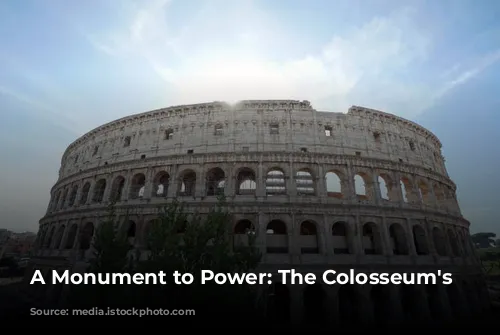
A City Within a City
Beyond its architectural achievements, the Colosseum was a testament to the social hierarchy of ancient Rome. Each seat was assigned based on social status, wealth, and gender, a reflection of the rigid social order of the time. The best seats, closest to the arena, were reserved for the emperor and the powerful senators. The Equestrian order, merchants, artisans, and bureaucrats, occupied the next level, followed by the majority of Rome’s population—women, foreigners, and the less fortunate—in the upper tiers.
The Colosseum’s design was intricate, with four entrances for the elite and 76 for the commoners, reflecting the social divide of the era. The structure was divided into sections, preventing spectators from moving freely within the structure, but the Colosseum’s unique elliptical architecture ensured that all attendees had a clear view of the action in the arena.
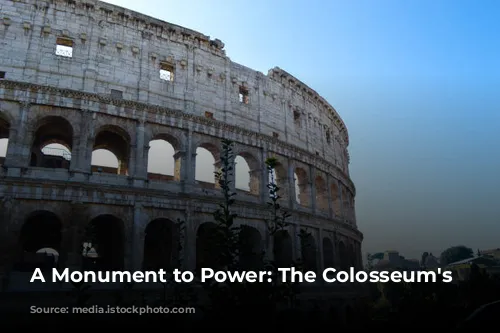
The Colosseum’s Legacy
The Colosseum, a testament to the grandeur and innovation of the Roman Empire, still resonates today. Its innovative use of concrete, its grand scale, and its social stratification provide valuable insights into the life and times of the ancient Romans. Beyond its historical significance, the Colosseum is also the inspiration for many modern sports stadiums, its architectural features, such as arches, elliptical design, and designated seating, influencing the design of contemporary arenas. The Colosseum stands as a timeless symbol of Roman power, engineering ingenuity, and social structure, a monument that continues to captivate and inspire.
